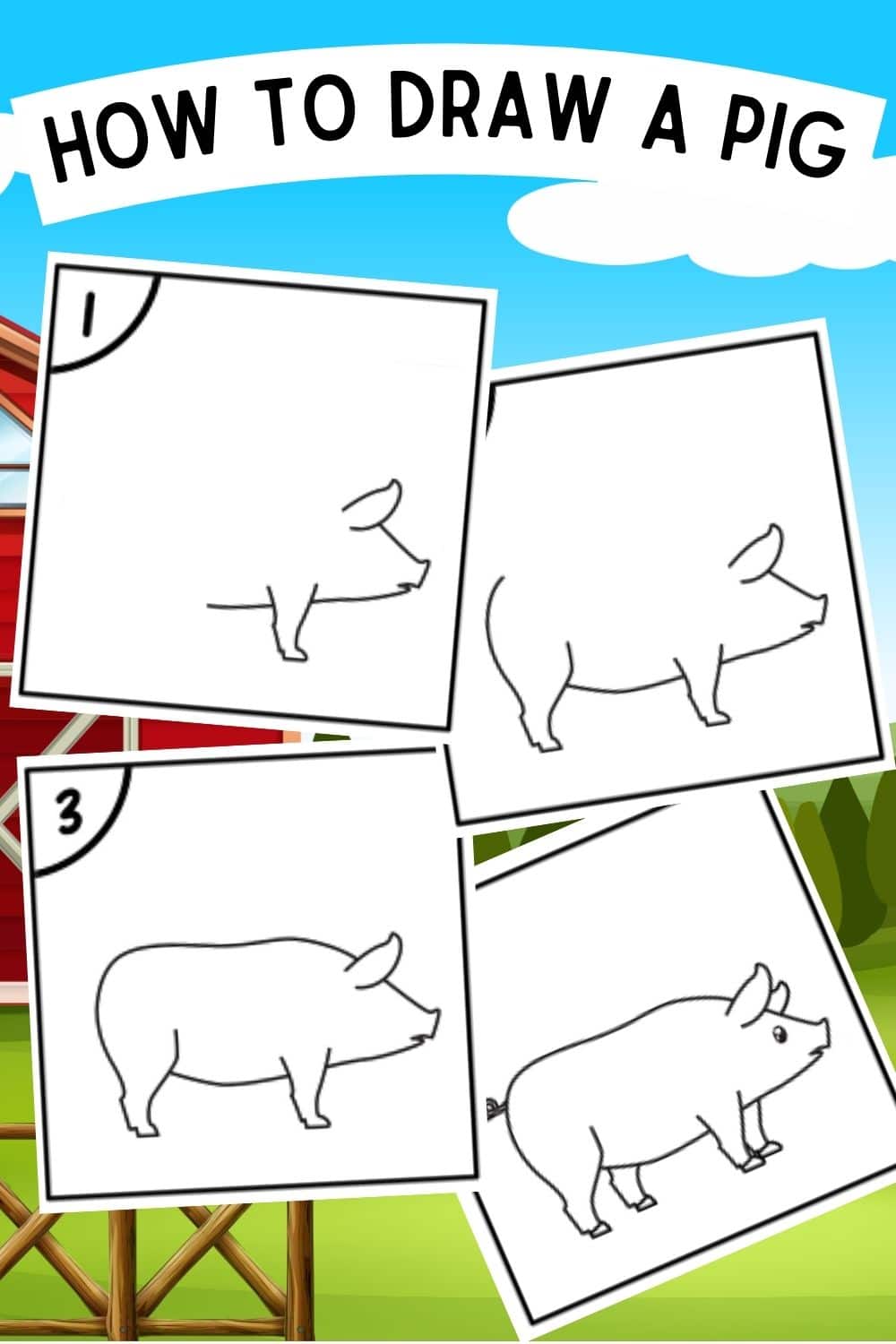Drawing farm animals can be a fun and rewarding experience for kids of all ages. Whether you’re an experienced artist or just starting out, the basics of drawing a realistic pig are fairly simple to learn.
When it comes to creating cute art, drawing tutorials can be used to help guide young artists as an art lesson at home, a fun project, or as a sweet gift to celebrate Mother’s Day or even Father’s Day. Read on to find out how to draw the popular animal with these easy DIY instructions.
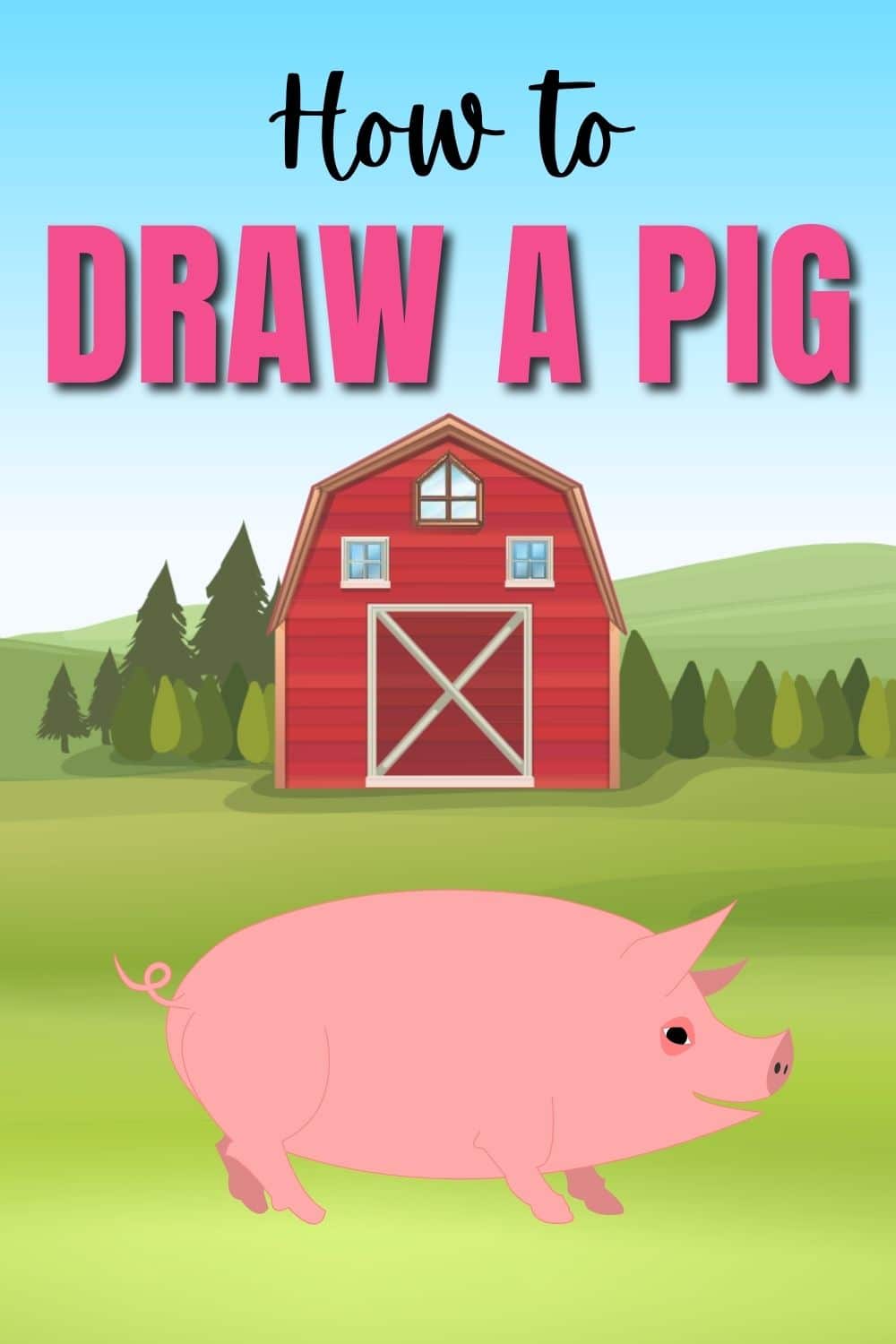
Drawing a Pig with Step-by-Step Instructions
Before you start, you’ll need to collect some art supplies that will help your kiddos create their cute drawings. Technically all they need is a pencil and paper, but these items are great options for homeschoolers or any child who is serious about building drawing skills.
You’ll need:
- Sketch pencils
- Prismacolor color pencils or Prismacolor markers
- A sketch pad mini for smaller drawings
- A quality eraser
The first step in creating a realistic pig drawing is to take a minute to look at the last picture and understand the perspective. You’ll notice that the pig only has one eye that we can see along with legs that are closer and two that are on the far side of the animal.
Start by sketching out the pig’s basic shape by drawing the bottom of the pig’s body. The shape includes his belly, one of his front legs, and the starting shape of the pig’s head.
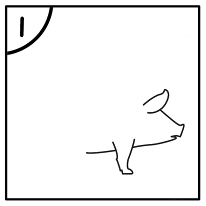
This will be used as a guide for drawing the rest of the pig’s body.
Next, we’re going to draw the back leg, then use a swoop motion to make the hip. Then, curve up behind the back leg to shape the pig’s rump.
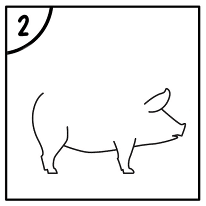
Using a curved motion, you’ll draw the back of your pig.
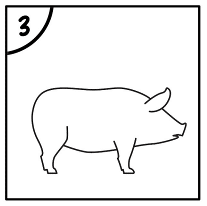
Add a cute, curly tail and lines on the bottom of each leg to make hooves. Finally, give your pig an eye. Remember, we only need one because we’re looking at the side of him.
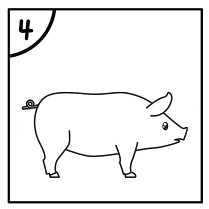
Adding Details
Once you have the basic outline of your pig drawn out, it’s time to add some details that make it look more realistic. Add the second ear and the other two legs to give the pig a three-dimensional effect.
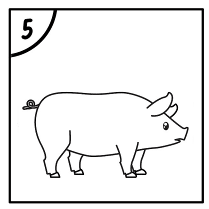
If you want, you can also use shading and texture around areas like its ears and snout.
Don’t forget about adding fur textures too; using short strokes of various colors will really bring your drawing alive!
Finishing Touches
The final step in drawing a realistic pig is to add any finishing touches that you think might improve your drawing. For example, you could draw some grass underneath it or draw another animal next to it, adding subtle elements like this makes your work much more interesting!
You could also try adding details such as wrinkles around its eyes or lines across its forehead. These extra touches can really make your work stand out from others.
Tips for Coloring Your Pig
Adding some color to your drawing of a pig can be a fun and easy way to make it look even more realistic. After you’ve finished sketching out the basic outline of your pig, try adding a few colors here and there to give it visual interest and make it stand out.
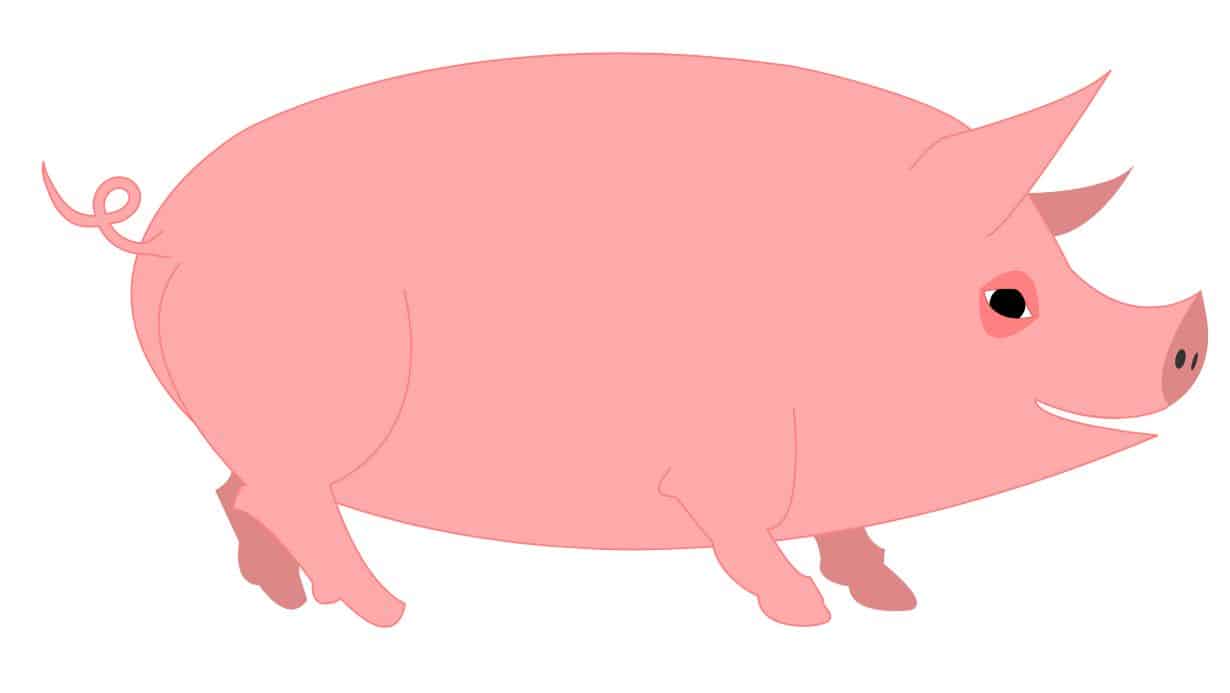
Here are some tips for coloring your pig.
Blending Colors
One great way to make your pig look more realistic is by blending different colors together in order to create new shades. For example, you could use a combination of browns, tans, and whites together on the body of your pig to create an interesting fur-like texture.
Adding highlights with lighter colors and then filling in darker shadows with darker tones can add depth and realism to your drawing as well.
Use Different Coloring Tools
Experiment with using different tools like paint brushes, markers, pencils or even crayons when coloring in your pig. Each tool will create a different effect, for instance using paint brushes can give subtle gradients between colors while colored pencils will provide sharp lines and edges.
Mixing up these different tools is also a great way to add variation in textures throughout the picture.
Experiment With Color Schemes
If you’re feeling adventurous, try selecting an interesting color scheme or palette when coloring in your pig. This could range from classic black and white drawings right through to bright rainbow hues!
You could also try making one color dominant, while accenting it with other complementary colors, like yellow or green. Being creative with color schemes can really bring out the best in any drawing!
Whether you’re interested in drawing domestic pigs or wild pigs, these easy to follow tips will help any budding artist create an impressive sketch.
More Drawing Fun
If you enjoyed this step-by-step tutorial, download the instructions for drawing a pig for free so you can practice until you can draw it freehand! Just enter your email below.
If you really want to flex your artistic muscle, get the entire set of How to Draw Farm Animals instructions below.

